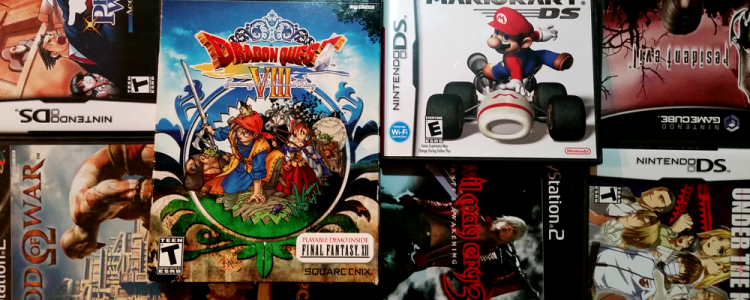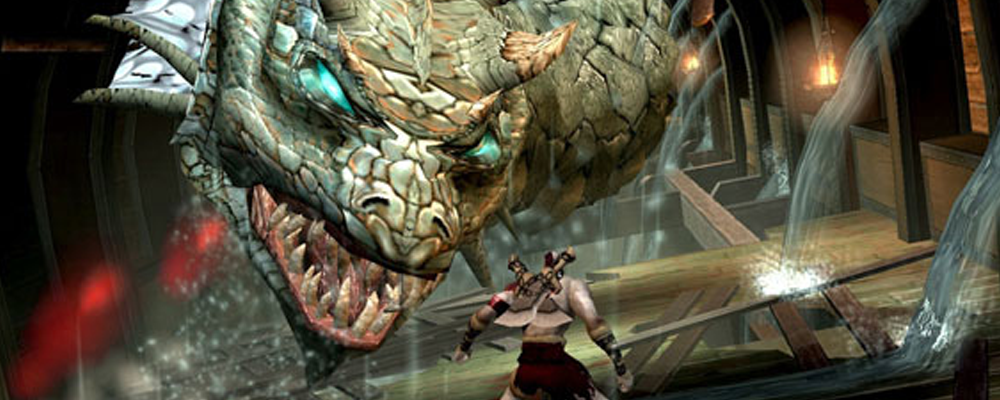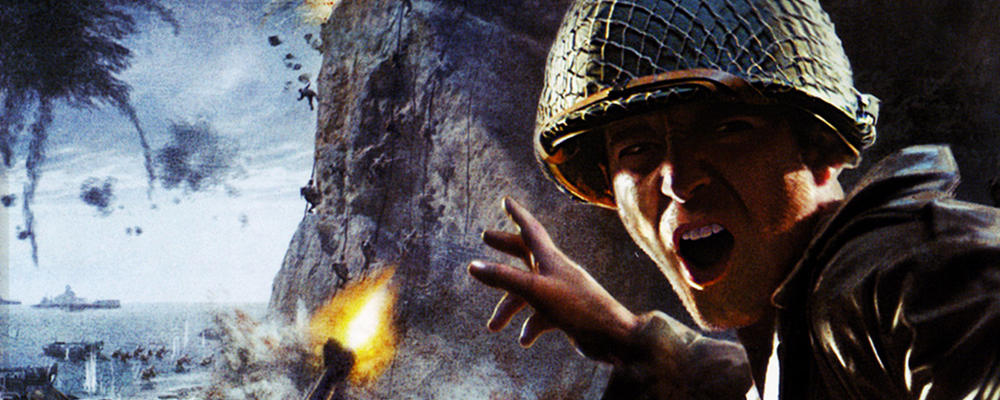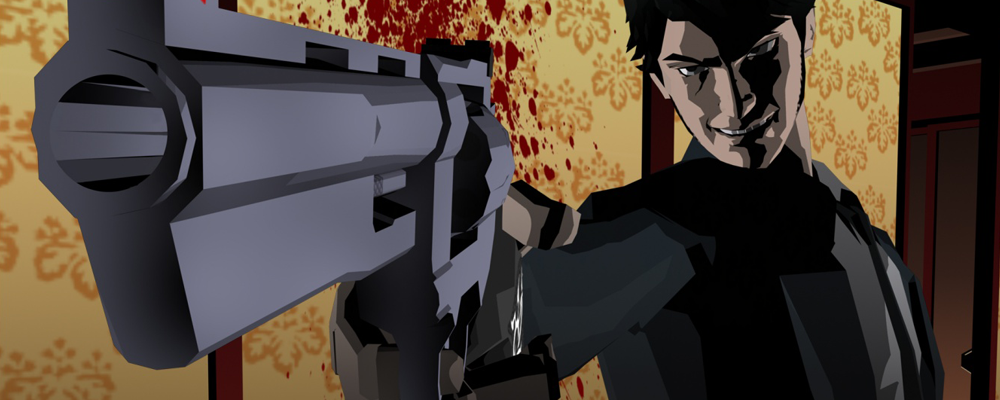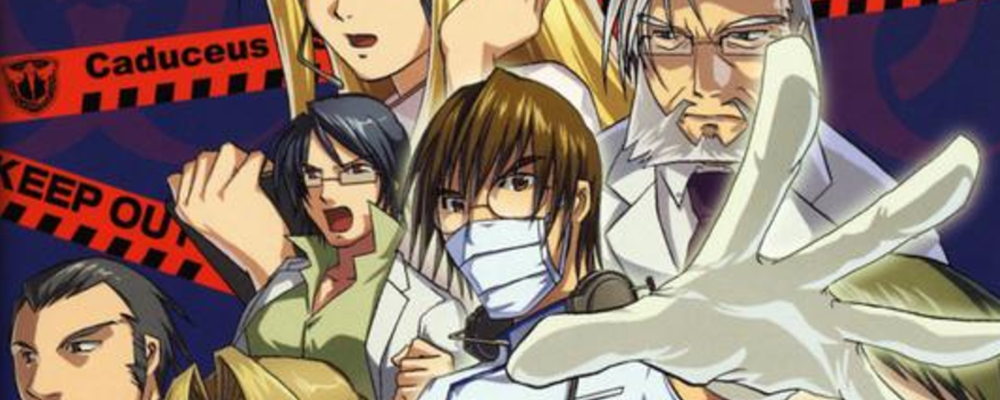God of War
Developer: SCE Santa Monica Studio
Publisher: Sony Computer Entertainment
System: PlayStation 2 (March 22, 2005)
I have a lot of nostalgia for God of War, and not just because it was a great game that I sat down and played in one sitting as soon as I brought it home. No, I also love the first entry of developer Santa Monica Studios’ saga of mythical ultraviolence because it was the last time that I could really side with its hero, Kratos.
He was actually relatable back then; I understood his motives, his anger at the gods was justified, and his identification as the victim was true. In later games, the Ghost of Sparta descends into epic assholery, his increasingly graphic killing spree less an expression of righteous anger than the testosterone-drenched rampage of a man who speaks two languages: melodramatic angst and murder.
But I was with him all the way in the first one, and that’s why it’s my favorite.
Where are they now?
We have yet to hear from Kratos on the PlayStation 4, but Santa Monica Studios has had its hand in a variety of projects including music-platformer Sound Shapes and this year’s high-budget flop The Order: 1886.
Call of Duty 2
Developer: Infinity Ward
Publisher: Activision
System: PC (Oct. 25, 2005)
Call of Duty 2 wasn’t first game to use the tight scripting tricks we see in many today’s first-person shooter. It didn’t revolutionize the console FPS. It was far from the first game about World War II. But it was one of the tightest, most intense, and most well-executed shooters up to that point, and it came at exactly the right time, solidifying the Xbox 360’s launch lineup as one of the best in the game industry’s history.
Call of Duty 4: Modern Warfare may have been the shooter that revolutionized the FPS, but you could see the seeds of that game’s inception in Call of Duty 2. And for my money, Call of Duty 2’s campaign is still the best in the series.
Where are they now?
Call of Duty has made Infinity Ward one of the biggest names in gaming, though many of its employees now work at Respawn Entertainment, the developer of last year’s mech-based shooter, Titanfall.
Killer7
Developer: Grasshopper Manufacture
Publisher: Capcom
System: GameCube (July 7, 2005)
Assassinations don’t get much more stylish than they were in Killer7. Designer Goichi Suda, better known as Suda51, produced an on-rails shooter-adventure on the GameCube and PlayStation 2 that was just as bizarre to play as it was to watch. Suda and Grasshopper Manufacture spun a twisting, noir-style tale of government conspiracies and set it against one of the most unconventional control schemes in modern memory. Having players experience all that by embodying eight dramatically different personalities throughout was the cherry atop this insanity sundae.
KiIler7 split critics and audiences rather evenly. The debate over sex and violence in video games found a new home with Suda’s adventure, as did the argument on whether games were an art form. Killer7 may have been polarizing, but it was hardly forgettable.
Where are they now?
Killer7 was a one-time mission, but the unique style laid the foundation of a cult following for producer Suda51. It inspired remakes of his older works, becoming a design launchpad for future stylized adventures like No More Heroes.
DragonQuest VIII
Developer: Level-5
Publisher: Square Enix
System: PlayStation 2 (November 15, 2005)
Ten years later, many Dragon Quest fans look back at Dragon Quest VIII as still one of the best-looking games in the franchise’s long history. Bringing the series into 3D for the first time, Dragon Quest VIII’s cel-shaded art brought the world of slime, drackys, and more to life in a manner it had never reached in its then 19 year history. It was also the first time it dropped the moniker it had previously used in the U.S., Dragon Warrior, for its proper name from Japan.
While the story wasn’t as engrossing as some of the previous tales in the series, its charm and memorable characters like Yangus helped it carve a place in 2005’s most memorable games.
Where are they now?
Publisher Square Enix has only released one mainline game in the series, 2009’s Dragon Quest IX: Sentinels of the Starry Skies for the DS, in the West since Dragon Quest VIII. Japan got the MMO-like Mezameshi Itsutsu no Shuzoku Online, but we haven’t. We’ve also received numerous spinoffs such as Dragon Quest Monsters.
Jason Wilson — Managing Editor
Trauma Center: Under the Knife
Developer: Atlus
Publisher: Atlus
System: Nintendo DS (October 4, 2005)
We spend so much time sending NPCs to hospitals in our space battles or ninja duels and the like, but until 2005, we didn’t spend any time considering how much work we were creating for virtual doctors.
Atlus changed all that with its release of Trauma Center: Under the Knife, a surgical simulator that was initially exclusive for the Nintendo DS. The visual novel-esque story told the tale of greenhorn surgeon Derek Stiles, blessed with a healing touch during an operation on a car crash victim.
Trauma Center turns the DS stylus pen into a litany of medical equipment through an escalating series of hectic, timed operations. And unlike its awkward, comedic contemporaries, Trauma Center attempted a fair degree of medical accuracy to every stitch and incision. For the first time in many a player’s life, the task was to save, rather than slay, a stranger.
Where are they now?
Under the Knife later appeared on the Nintendo Wii in 2006 as a remake, Trauma Center: Second Opinion. It got a DS sequel in 2008, Trauma Center: Under the Knife 2,with two more Wii installments — Trauma Center: New Blood in 2007 and Trauma Center: Trauma Team in 2010.
